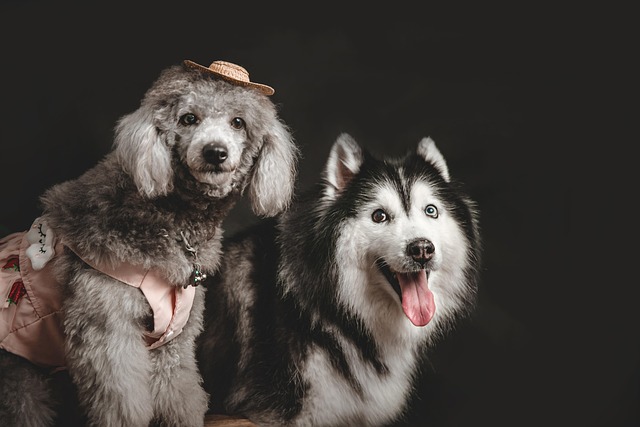
What is the best type of training for a dog?
There’s no one-size-fits-all answer to what makes the best dog training, but most experts agree that methods built on positive reinforcement tend to yield the most lasting results.
Watching your dog bound around the backyard fills your heart with joy, but that same energy can turn chaotic when basic commands fall on deaf ears. Every dog owner has asked themselves: What’s the secret to effective training? The truth is, there’s no one - size - fits - all answer, but certain approaches consistently yield the best results while keeping your bond with your furry friend strong.
Positive reinforcement tops the list for a reason. Instead of punishing unwanted behavior, you reward actions you like. Whether it’s a “sit,” “stay,” or “come,” marking the right moment with a clicker sound or a cheerful “yes,” followed by a high - value treat, works wonders. Dogs thrive on praise and food rewards, and this method taps into their natural desire to please. In public spaces where leash laws apply, a well - trained dog that responds to positive commands makes outings safer and more enjoyable for everyone.
Consistency is key. Use the same word and hand gesture every time you give a command. Imagine telling your dog “park it” one day and “take a seat” the next—confusion is bound to set in. Even family members and dog walkers should follow the same cues. Many local animal welfare guidelines emphasize responsible pet ownership, and consistent training helps ensure your dog behaves appropriately in shared spaces like dog parks or sidewalks.
 Socialization is an often - overlooked part of training. Exposing your dog to different people, animals, and environments from a young age builds confidence. Puppy socialization classes that comply with local vaccination requirements are a great start. Letting your dog interact with friendly strangers, other dogs, and even the sounds of traffic teaches them how to adapt. A well - socialized dog is less likely to bark excessively or show aggression, making them a welcome presence in the community.
Socialization is an often - overlooked part of training. Exposing your dog to different people, animals, and environments from a young age builds confidence. Puppy socialization classes that comply with local vaccination requirements are a great start. Letting your dog interact with friendly strangers, other dogs, and even the sounds of traffic teaches them how to adapt. A well - socialized dog is less likely to bark excessively or show aggression, making them a welcome presence in the community.
For stubborn or high - energy breeds, incorporating mental stimulation into training can be a game - changer. Puzzle toys, scent work, and obedience drills challenge your dog’s mind. It’s like giving them a brain workout. In regions where off - leash areas have specific rules, a dog with good mental focus is more likely to follow commands even when distractions abound. Plus, mental exercise tires them out just as much as physical activity, leading to a calmer pup at home.
When training more complex behaviors, break tasks into small steps. Teaching your dog to fetch a specific item? First, reward them for simply approaching the object. Then, for picking it up, and finally, for bringing it back. This incremental approach prevents frustration for both you and your dog. And remember, always end training sessions on a positive note, even if you didn’t reach your goal that day.
Training isn’t a sprint—it’s a lifelong journey. By combining positive reinforcement, consistency, socialization, mental stimulation, and patience, you’ll not only teach your dog essential commands but also deepen your connection. A well - trained dog isn’t just obedient; they’re a happy, confident companion who fits seamlessly into your lifestyle and the community around you.

There’s no one-size-fits-all answer to what makes the best dog training, but most experts agree that methods built on positive reinforcement tend to yield the most lasting results.

Welcoming an 8-week-old puppy into your home is a joy filled with wiggly tails and endless curiosity. One of the first steps in building a strong bond is teaching them their name.

If you’ve ever sat up at night, listening to your gray-muzzled dog pace back and forth, stopping to whine or stare at a wall, you know the worry that comes with a restless senior pup.

Training a service dog starts long before they’re ready to assist with specific tasks—their journey begins with building a foundation of trust, focus, and adaptability, and the timing of this training matters more than you might think.

Watching a tiny puppy fumble through their first attempts to sit can feel like watching a little acrobat mastering a new trick.

If you’ve ever found your flower bed dug up or your favorite shrub chewed to bits, you’ve probably searched for easy ways to keep neighborhood dogs (or even your own) out of your yard.